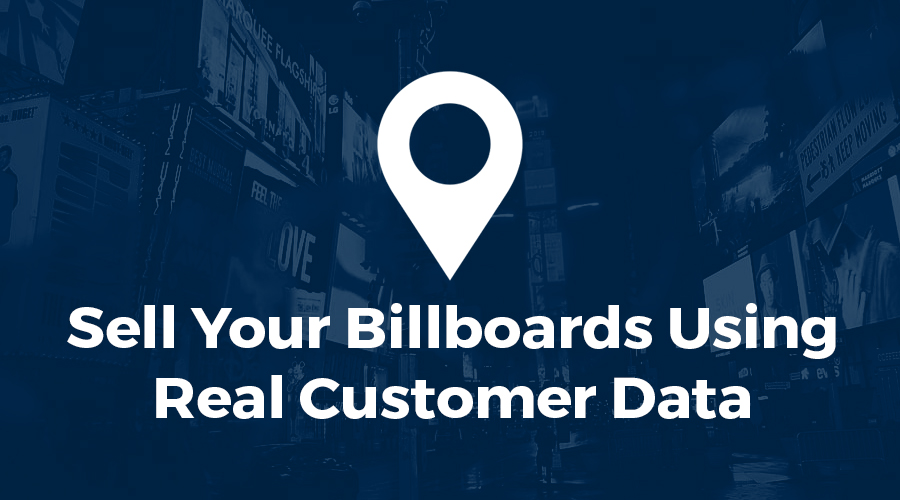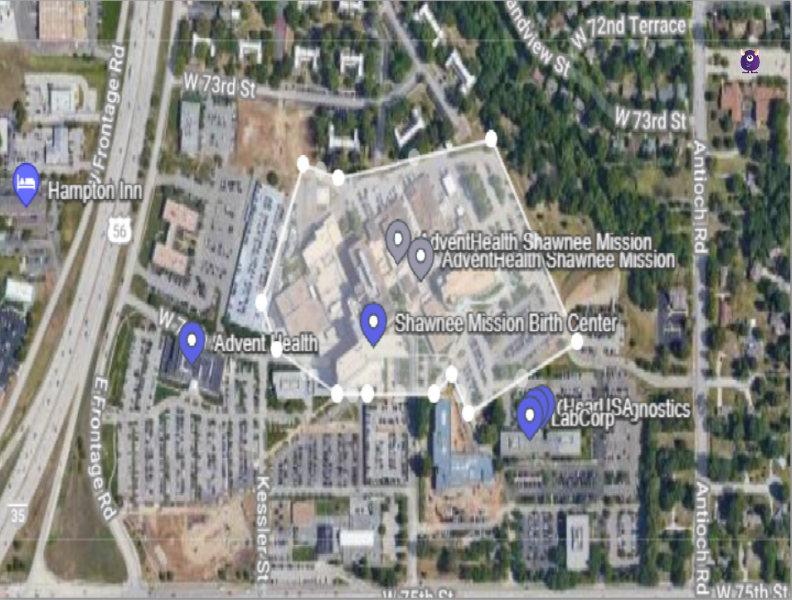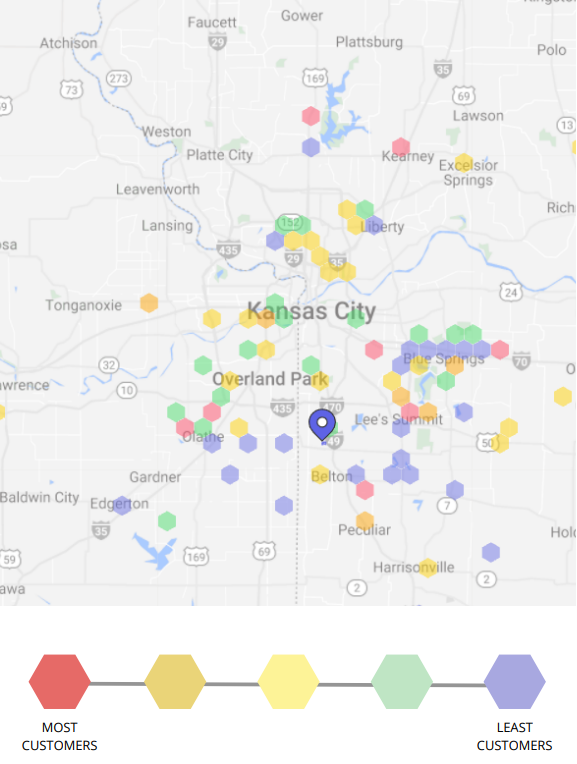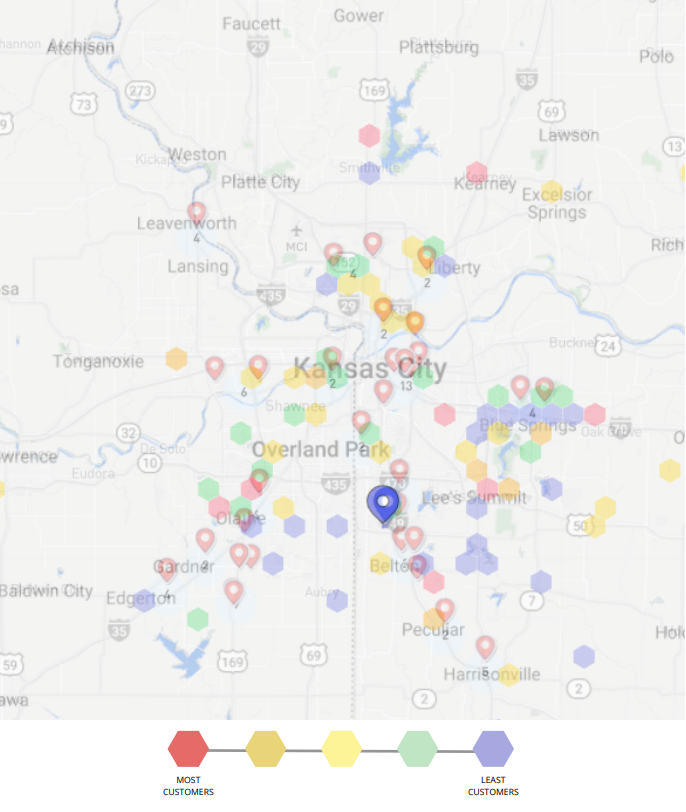Sell Your Billboards Using Real Customer Data

Marketers are turning to billboards and other out-of-home media options in record numbers. In fact, 97% of marketers say they are actively looking for alternative channels because digital ad costs continue to rise but returns are steadily declining.
In a new nationwide survey conducted by Kickstand Communications and sponsored by OneScreen.ai, marketers blamed diminishing returns on increasing data privacy concerns and growing consumer disengagement with online advertising.
Many of them are re-focusing their attention on out-of-home options such as billboards, in large part because 99% say OOH offers the “perfect counterbalance” to digital fatigue. And many already know from first-hand experience that adding billboards to a digital campaign can dramatically reduce CPM.
The door is wide open for billboard sales
“There is an opportunity right now,” says OneScreen.ai Chief Strategist Tim Rowe, “for local billboard sellers to capitalize on the $285 billion – that’s billion with a B – digital marketing bubble that’s about to pop.” He predicts that new money will come into the market over the next 12-18 months.
To cash in, inventory owners must be ready to sell effectively.
Audience Insights Reports drive data-driven conversations
Marketers need to convince more of their brand’s best customers to shop more often and spend more each time. But they also need to attract new customers that will become just as valuable as those who are already loyal devotees.
We all know that billboards are targetable, and 96% of survey respondents said they have confidence in their OOH results. Still, media buyers want measurable data to confirm that confidence. Perhaps even more important now, they also need up-front data to sharpen placement decisions.
Audience-based selling is a technique that enables media owners to use a customer’s own data to produce Audience Insights Reports that show which billboards within your inventory will be most effective in achieving their marketing goals. The process is something like uploading customer data into a mapping tool but far more insightful.
Step 1:
A virtual geo-fence is drawn around the customer’s business.

Step 2: The platform analyzes mobile phone data from that location to create a heat map showing where users live. The heat map uses a spectrum of cool-to-hot colors to represent locations and intensity of customer clusters.

The beauty of this process, says Tim Rowe, is that it is “brand safe.” Media buyers can avoid increasing data privacy challenges because the data is used only to track offline audience movement, not to place online advertising.
Step 3: A second map then overlays the customer-tailored heat map, showing the media owner’s billboard inventory, pinpointing each location. The sales team can then use this Audience Insights Report to show their customer which billboard locations will perform most effectively for them.

For customers who want to use a directional targeting strategy, mapping can also show which billboards are located along the travel routes customers use most frequently to get to the target location.
Both media sellers and buyers benefit from the ability to combine geo-targeting with demographics to choose billboards and measure results. That makes audience-based selling a must-have tool for the growing OOH marketplace. Watch Tim Rowe’s webinar to learn more about this process and how your company can be among the first to start using Audience Insights Reports to sell your billboards.


